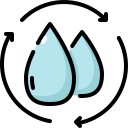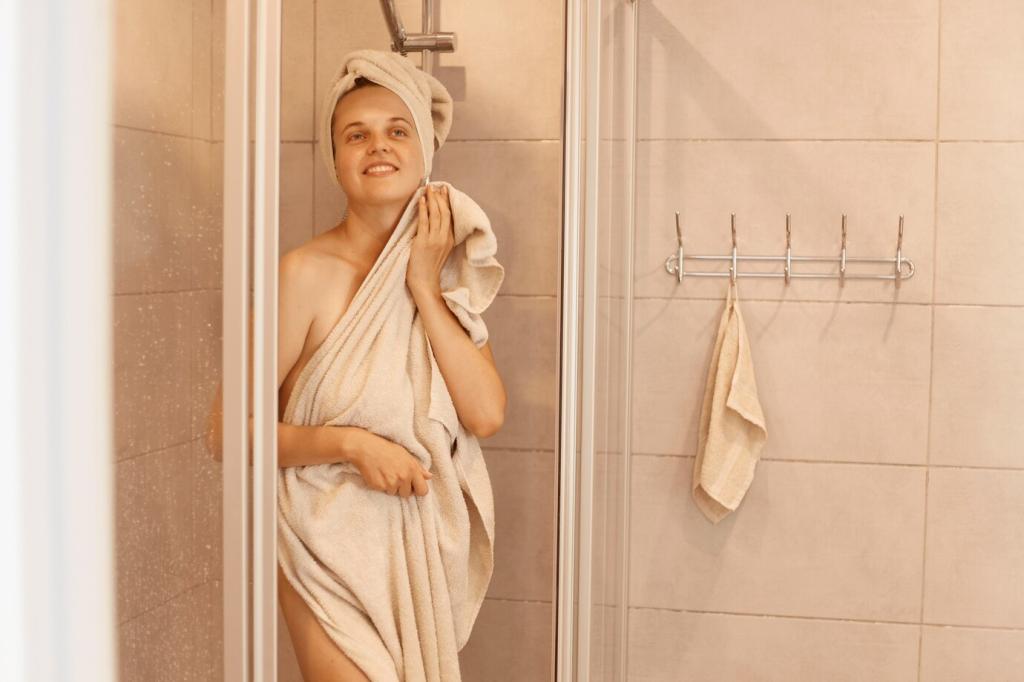When Hydration Becomes Healthcare
Thirst can be unreliable in children and older adults. Offer fluids regularly, consider flavored options or cold fruit, and use oral rehydration when illness strikes. Watch for confusion, dizziness, or dark urine. Caregivers, share strategies that worked in your family to help others prepare.
When Hydration Becomes Healthcare
Vomiting and diarrhea rapidly shift fluids and electrolytes. Oral rehydration solutions balance glucose and sodium for efficient absorption. Learn heat exhaustion signs: headache, cramps, nausea, and heavy sweating. Do not hesitate to contact a clinician if symptoms escalate. Post your local hot-weather tips for the community.
When Hydration Becomes Healthcare
Fluid and electrolyte needs often rise in these stages. Gentle salty sips can help with morning queasiness, while balanced meals stabilize energy. Always individualize with your healthcare professional. Join our newsletter for evidence-informed guides and share what eased your day during changing routines.




